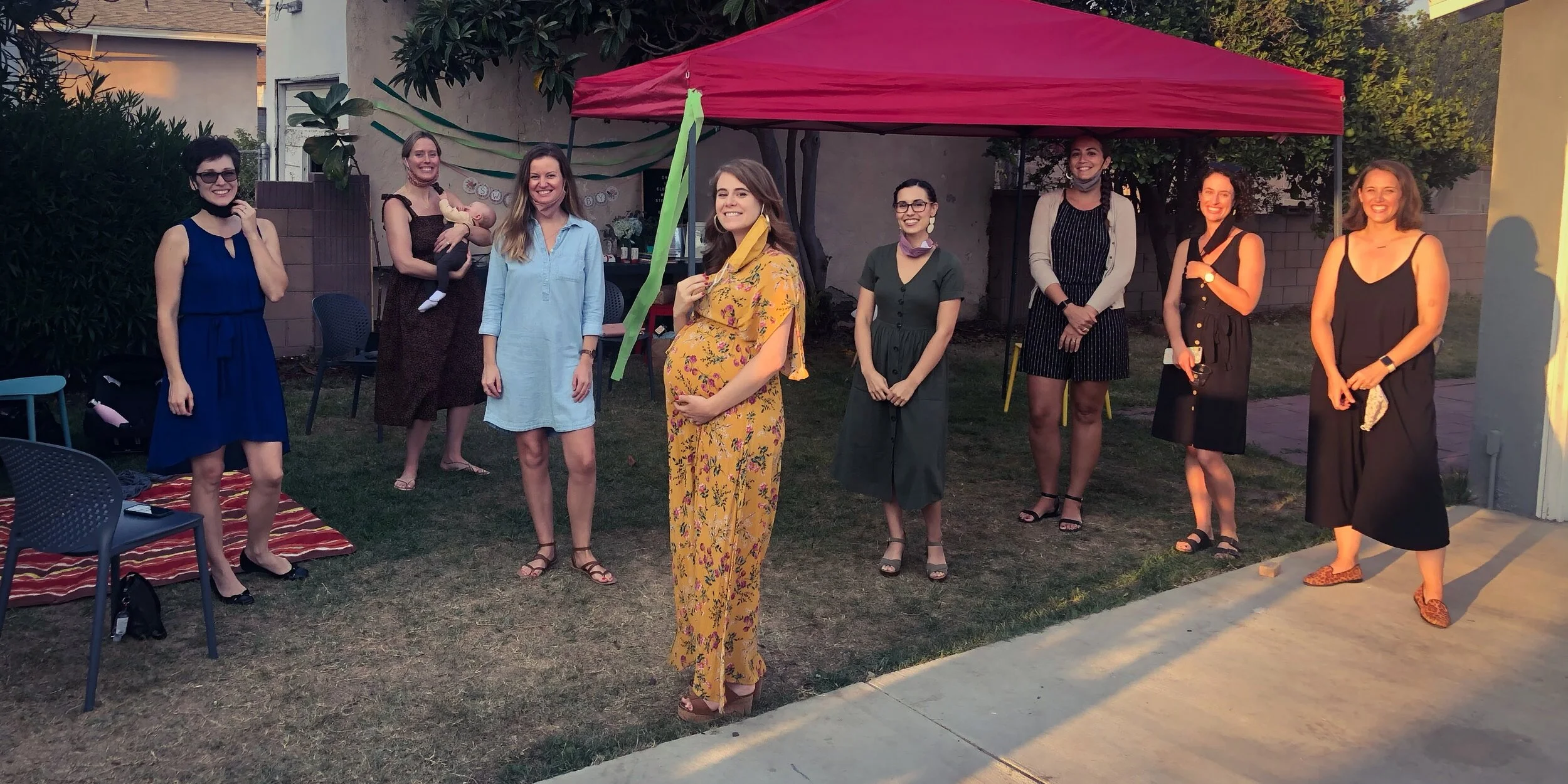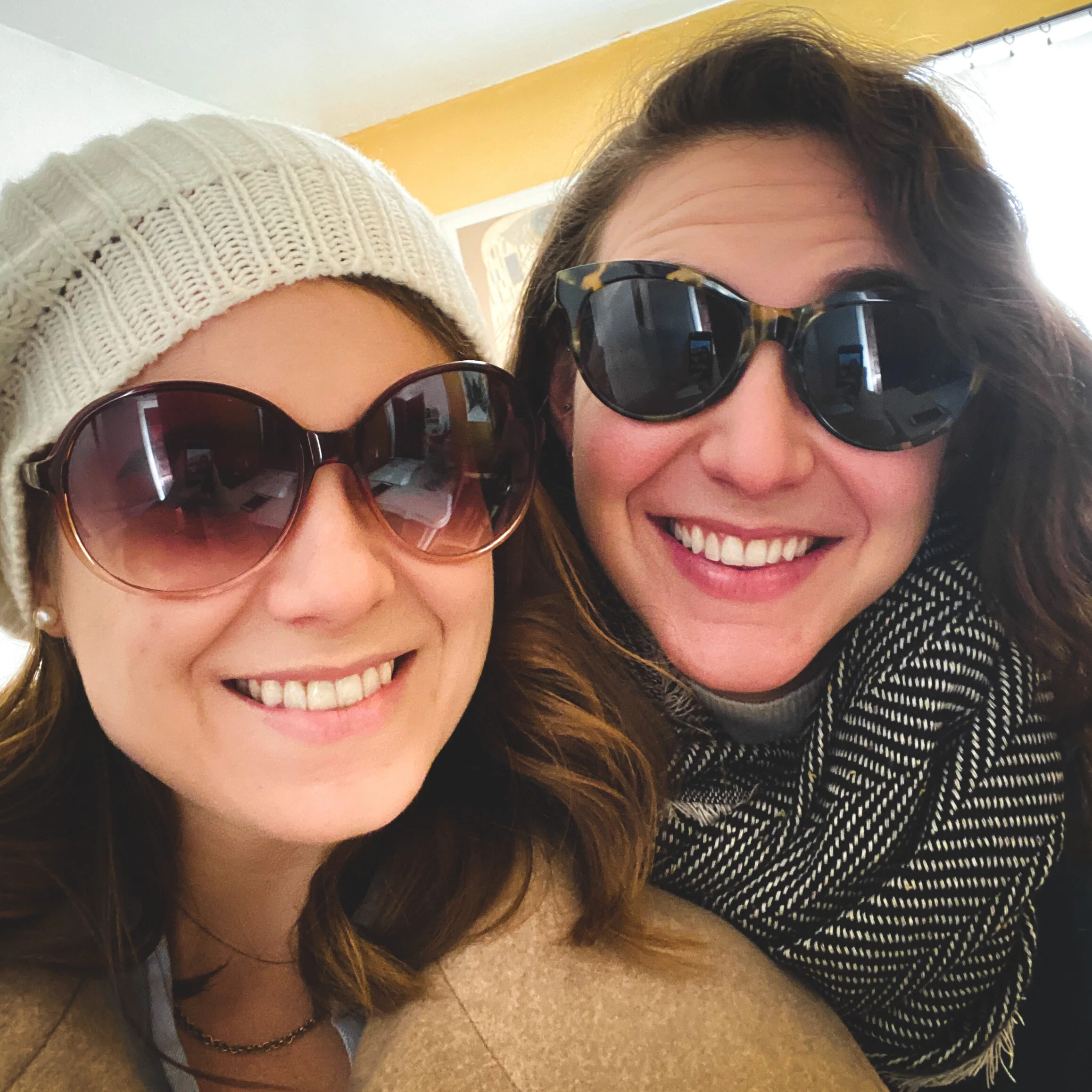
Explore Motherhood…
The early years with our little ones can often upset our usual Bible study routines, but that doesn’t mean we can’t go deep with the small moments we have! If this is your current season, then this devotional is my love letter to you. In Mothering Life, I explore the metaphors of growing, feeding, housing, and nurturing life. It’s an expansion of the Growing Life blog series I did during my final pregnancy a few years ago, with beautiful illustrations and thoughtful questions to invite you to ponder how your own mothering journey reflects God’s mothering care for us all. Available now on Amazon.

Manhood | Womanhood Conference
What is Biblical manhood and womanhood and why does so much of the conversation in the church focus on what we (ok usually women) can and cannot do? I joined Cornerstone pastors Brian Colmery and Scott Mehl for what we hope is a rich, nuanced look at this important topic. Learn more.
featured articles
So you’ve ordered Brave and Beloved, and now you are skimming through the remarkably beautiful pages designed by Jacy Corral—perhaps you start to notice that this study looks a little different than some of the ones you’ve purchased before. Why isn’t it split into days and weeks? Why aren’t there more questions? Where are the teaching videos? Why do you ask for answers that aren’t directly found in the text? I have very specific reasons for all of these things.
I love a strong female lead as much as the next gal. But I confess that lately I’ve started to zone out whenever the elf queen, secret agent, or hero assassin begins kicking down doors and taking names. Incredible fight choreographers and highly specialized stunt women make scenes like this possible. Strong role models are valuable for young girls. It’s just that leading armies and defying supervillains isn’t a complete picture of bravery…Read the full article at the Gospel Coalition.
My car speakers are on a regular loop this week that includes “Jesus is our Guide,” “He is The Light,” and “I’m Trusting You,” a song that opens with a growling lion and monumental drumbeat. While 20-something me would have rolled her eyes in musical elitist disdain, I could not be happier to learn the dance moves and sing along with my children about how God makes a way in the wilderness.
A period is a monthly reminder that our bodies were designed to create life. Are you ready to talk about it with your daughters? For all my fellow mamas, aunties, and big sisters, I offer three themes to get the conversation started about body changes and the path to womanhood.
God could have used any number of analogies when describing how His people were to relate to Him and to one another. But instead of a corporate hierarchy or military ranks, the most common metaphor used throughout the Bible is family. God uses marital language again and again to help us understand our relationship to Him. And our relationship to fellow Christians? We are mothers and fathers, brothers and sisters, people united into a new kind of spiritual family.
Womanhood has always been deeply connected to how we work. Through almost all of human history, and still in many places around the world today, work has been arranged around the necessary limitations of raising young children.
Antiquity paints a robust image of mothering. If you consider the goddesses of old, mother earth, creation stories, artifacts of global cultures, and more, the pattern is undeniable. Giving birth—the creation of life—is so intrinsic to the feminine experience that for much of history it has been difficult to separate the two.
In many seasons and for various reasons, I have seen myself in Esther—her pain, her fear, the providence of her position, and hopefully sometimes, her bravery, too. But like so many women in the Bible, she’s susceptible to the Dorothy question, “Are you a good witch or a bad witch?”
Fourth of July growing up in Texas was sticky. My cousins and I would start the day gathering our bikes, strollers, wagons—anything with wheels—and draping them in red, white, and blue to create a circle-driveway parade at my grandfather’s house. By 10 am, it was over 100 degrees, so we’d plunge our sticky selves into the pool and fill our bellies with watermelon and those special processed snacks that you could always count on from Pappaw…
During Women’s History Month we honor an incredible legacy of females that come before us. I love hearing lesser known quotes and stories about some of history’s great heroines—Harriet Tubman, Amelia Earhart, Amy Carmichael. But they always make me wonder, what would it have been like to call them “friend”?
I didn’t plan to be an Angeleno. When I moved to LA for college, I had a smattering of dreams. Maybe I would chase the Hollywood life? I majored in Theater. Maybe I would be a songwriter? I wrote some really terrible poetry. Maybe I would nanny in Germany? I joined a dating-like app that paired me with some families. Maybe I’d just find a “good Christian husband” and follow him wherever he went? I got matched on an actual dating app with a few real-life (just) friends.












The Israelite matriarch Rachel is renowned for her beauty. She was the younger daughter of a man named Laban, and the woman Jacob hustled for seven years to marry—only to double down for another seven years after Laban tricked him into wedding Rachel’s sister Leah instead. It’s a wild story. But when we first meet Rachel in the book of Genesis, before we learn about her beauty, we read about her vocation. Rachel was a shepherdess.